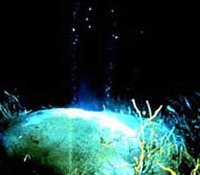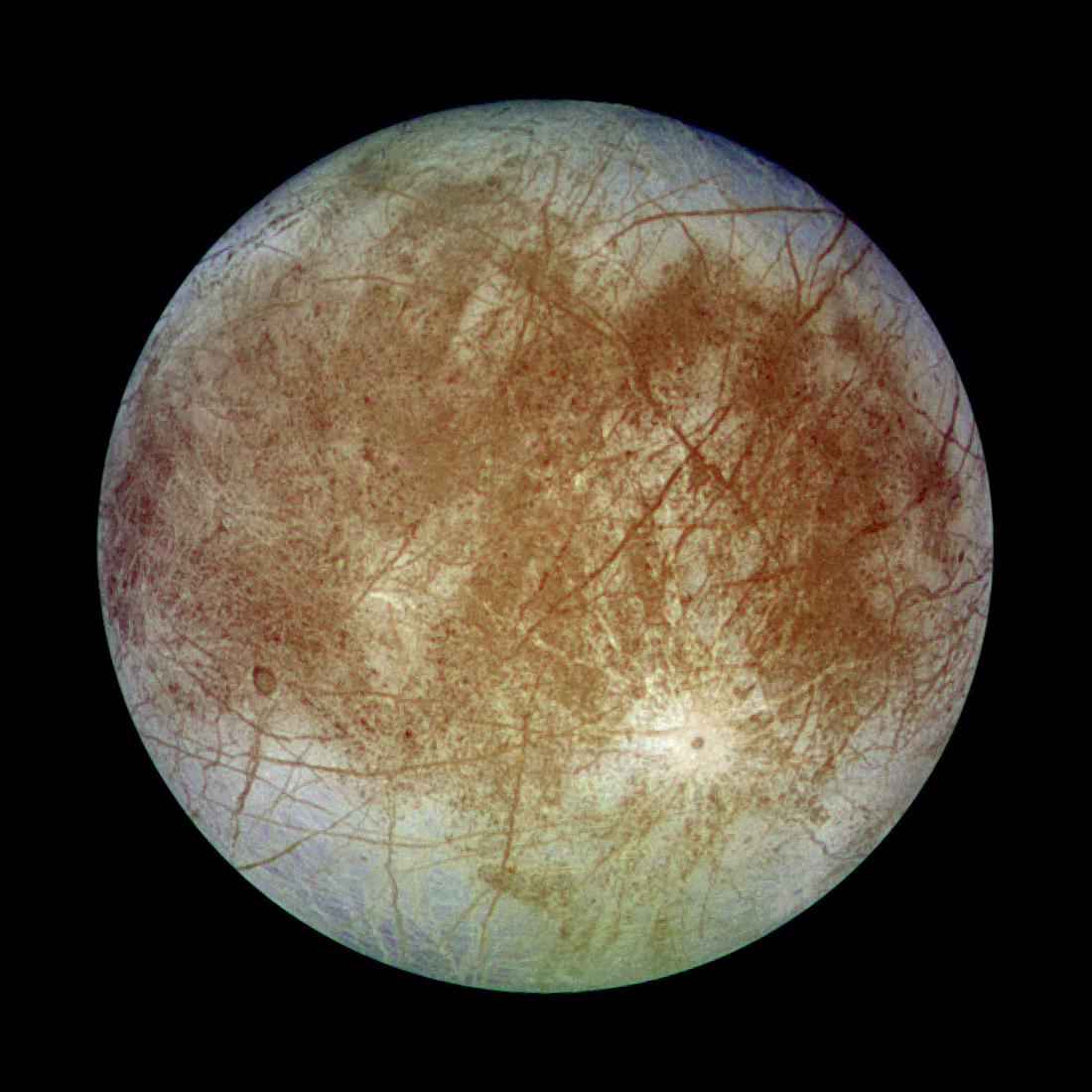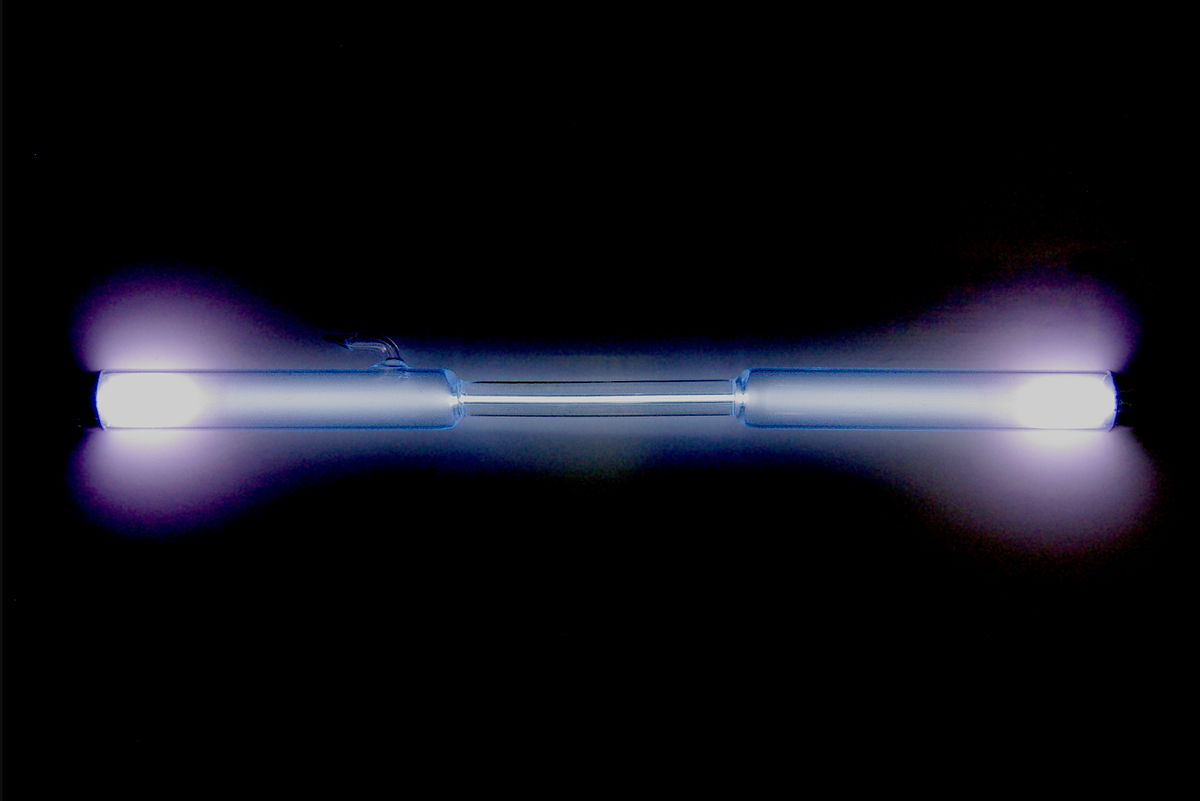Gas Hydrates as Planetary-Scale Water and Greenhouse Gas Reservoirs: Implications for Astrobiology

When: February 20, 2007 2:30PM PST


Gas hydrates (clathrates) are plentiful on Earth, forming ice-like gas reservoirs within seafloor sediments and permafrost. Terrestrial gas hydrates may contain more hydrocarbons (natural gas) than all other conventional petroleum reserves combined. However, terrestrial gas hydrate deposits are not unique within the Solar System. Gas hydrates are likely important reservoirs for water and greenhouse gases on other planetary bodies as well, affecting both the availability of water and the composition of planetary atmospheres. Understanding the thermodynamics and kinetics of hydrate formation and decomposition along with the physical properties gas hydrate materials allows us to predict where hydrates are most likely to form in the Solar System and how these gas hydrates may affect the geochemistry and physical processes on planetary bodies. As sources and sinks for carbon and water, the fate of hydrates in planetary systems is intimately tied to the potential for biological activity.
 Getting Under Europa’s Skin
Getting Under Europa’s Skin Tracing Formation and Evolution of Outer Solar System Bodies Through Stable Isotopes and Noble Gas Abundances
Tracing Formation and Evolution of Outer Solar System Bodies Through Stable Isotopes and Noble Gas Abundances Photosynthesis, a Planetary Revolution
Photosynthesis, a Planetary Revolution Xenon: King of the Gases
Xenon: King of the Gases